|
Production of wooden furniture for export at Minh Duong Wood Joint Stock Company ( Binh Duong ). |
Forestry processing and export is one of the agricultural sectors with the highest export value, contributing to the country's export growth and economic development. However, new challenges regarding tariffs, legal raw materials, reduced purchasing power... from major export markets are posing difficult problems, forcing businesses to restructure and improve their competitiveness to survive and develop sustainably.
To date, the country has more than 5,000 wood and forestry processing enterprises, of which private enterprises account for 95%; about 3.5% of enterprises have investment capital of over 50 billion VND. The number of enterprises processing export products is about 2,000 enterprises (domestic enterprises account for 65%, the rest are enterprises with investment capital or joint ventures with foreign enterprises)...
Market pressure
According to the Vietnam Timber and Forest Products Association, currently, in terms of markets, wood and forest product exports are still maintaining a steady growth rate in major markets, of which, exports to the US alone are still increasing compared to the same period last year. Exports of wood chips and pellets to Japan, China, and South Korea are still maintaining a good growth rate. The EU market with mainly indoor and outdoor furniture products also increased slightly.
There are two major problems that are causing difficulties for forestry export enterprises. That is, the US market, which contributes more than 56% of the total export revenue of enterprises, is threatened by the impact of the 46% reciprocal tax decree. If this entire tax rate is applied, the cost of producing wood and wood products in Vietnam will increase by about 4.14 billion USD per year, reducing its competitiveness in the US market. In addition, since the beginning of March 2025, President Donald Trump has issued an investigation decree under Section 232 of the US Trade Expansion Act (1962) to be able to impose import taxes or quotas when an imported item can threaten national security. Wood and forest derivatives are subject to the 232 investigation. Many types of wooden boards and forest products exported by Vietnamese enterprises to the US are being investigated and are at risk of being taxed.
In the EU market, Vietnamese enterprises contribute significantly to the interior and exterior furniture and wood pellets segment with an average of more than 1 billion USD per year. Recently, the EU issued the EURD Decree prohibiting enterprises from exporting agricultural products such as coffee, rubber, soybeans, wood, palm oil, etc. to this market that are related to global deforestation. The Decree will take effect from January 2026. Despite difficulties, in order to prepare well for a strong commitment to building a sustainable supply chain that does not cause deforestation and meets international standards, enterprises have prepared and adapted to the requirements of this regulation.
In addition, other major export markets for Vietnam’s forest products such as Japan, China, and South Korea are also causing challenges in the supply chain of goods, including requirements on wood origin and environmental protection, compliance with green production standards, and reduction of greenhouse gas emissions.
According to Vice President of the Vietnam Timber and Forest Products Association Ngo Sy Hoai, in 2025 and beyond, the world economic situation will fluctuate, geopolitical conflicts will affect transportation costs, raw wood prices, and trade regulations, affecting export activities.
However, the great pressure from the export market is also an opportunity for businesses to review their growth model, to increase their adaptability and respond to external market fluctuations. It is impossible to grow based on comparative advantages such as cheap raw materials, low labor costs; it is necessary to switch to competing on quality and brand. In addition, businesses need to expand and restructure export markets, diversify markets. Many potential markets such as China (rattan and bamboo products, handicraft forestry products); Japan (wooden furniture products); other markets such as; UK, Russia, Middle East, South America or ASEAN have not been effectively utilized. This is a new segment, creating great opportunities for businesses to rise up, improve competitiveness for sustainable exports.
Improve competitiveness
Vietnam's exports of wood and forestry products have increased steadily every year, from 6.9 billion USD in 2015 to 16 billion USD in 2024 and are expected to reach more than 18 billion USD by the end of this year. Therefore, building and developing a stable raw material area is an important requirement to contribute to improving the competitiveness of businesses.
Currently, domestic forest raw materials only meet about 70% of the demand for production and processing for businesses. Regarding wood alone, Vietnam still has to import about 5.5-6 million cubic meters of raw wood each year. According to Forest Trend, Vietnam has become an important country on the map of supplying wooden products to the world. Deputy Minister of Agriculture and Environment Nguyen Quoc Tri suggested that businesses need to strengthen links with forest growers and forest owners to develop large timber forests and high-yield, high-quality forest raw material areas. This not only benefits forest growers but also allows businesses to proactively source legal, certified, and sourced raw materials to meet the requirements of export markets.
Along with effectively solving the problem of stable raw material sources, businesses need to promote science and technology, create many new structural products and designs to meet market demand, especially for high-end products in terms of quality and aesthetics, products combined with metal, stone...
Currently, the country has about 500,000 workers in the wood and forestry processing and export industry, of which 55-60% are trained and have stable jobs. This workforce has mastered the operation and use of new equipment and technology, replacing the work previously done by foreign experts. Solving the problem of human resource training well, changing production methods from manual to modern, from environmental impact to green production, from spontaneous and independent to value chain linkage... has brought great value to forestry production and trading enterprises.
The world's furniture and wood products trade market has great potential with about 430 billion USD worth of furniture trade and about 150 billion USD worth of outdoor furniture trade. Currently, Vietnam's wood and forest products export turnover accounts for only about 6% of the global market share. Enterprises need to maintain stable growth in existing markets, seek to expand potential markets and new markets; fully implement international commitments, continue to negotiate and implement forestry cooperation programs with a number of key countries, focusing on cooperation and support in the forest products processing industry, especially countries with high commercial value.
Relevant agencies need to continue to support associations and Vietnamese wood processing enterprises in market information, legal regulations, and capacity building for enterprises in chain management, quality management in the supply and traceability of wood, and enterprise classification. In addition, it is necessary to effectively use trade promotion capital to research, evaluate trends, expand markets, and find partners; support enterprises to participate in fairs and forums; and communicate and promote the forestry industry to create a sustainable chain of links.
Source: https://baotuyenquang.com.vn/mo-rong-thi-truong-xuat-khau-lam-san-212458.html


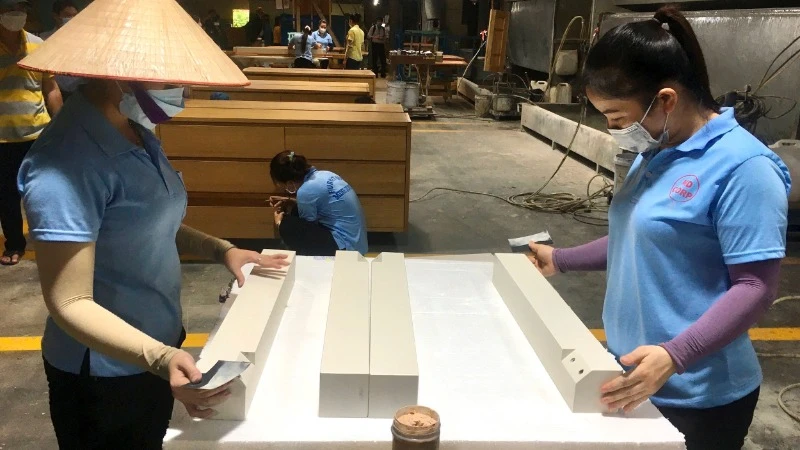

![[Photo] Official welcoming ceremony for French President Emmanuel Macron and his wife on a state visit to Vietnam](https://vphoto.vietnam.vn/thumb/1200x675/vietnam/resource/IMAGE/2025/5/26/a830702ef72f455e8161b199fcefc24d)
![[Photo] Pink ball and table tennis](https://vphoto.vietnam.vn/thumb/1200x675/vietnam/resource/IMAGE/2025/5/26/d9f770bdfda243eca9806ea3d42ab69b)









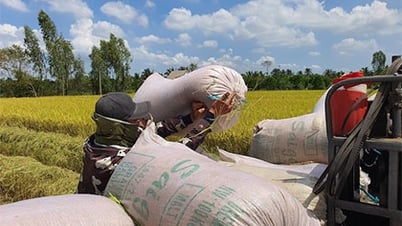

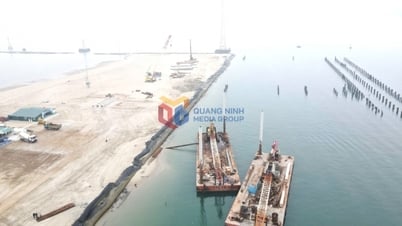

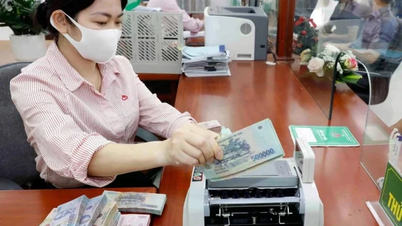





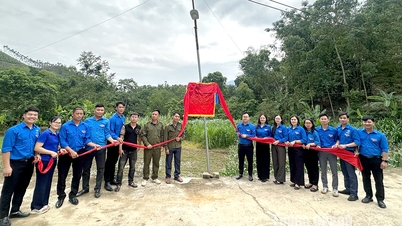

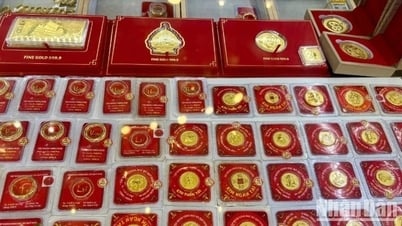

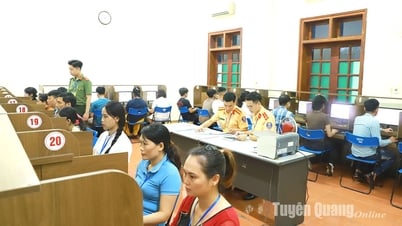



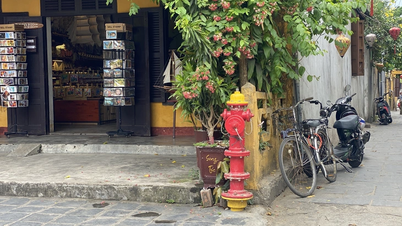
































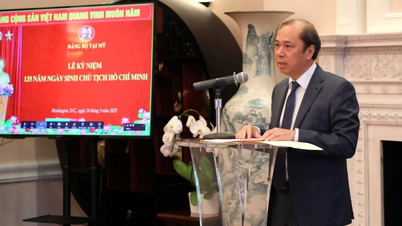

















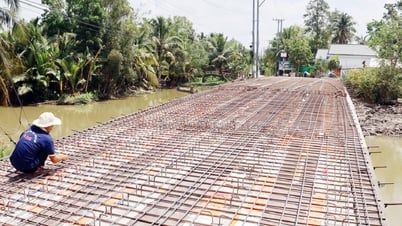


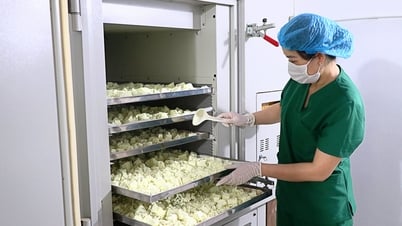









Comment (0)